Why 2050 Materials Launched Its Open API: Democratising Construction Sustainability Data
Understanding the Basics: What is an API?
In the digital world, an API (Application Programming Interface) is a crucial tool. It’s like a bridge that allows different software applications to communicate and share data seamlessly. Think of it as a waiter in a restaurant, taking your order (request) and delivering the kitchen’s response (data) back to you.
The Diverse APIs of 2050 Materials
2050 Materials, a leader in sustainable construction data, offers three primary APIs:
- Product Specific API: Access over 100,000 products with classifications and sustainability data, all connected to the 2050 Materials platform.
- Generic Material API: Dive into over 6,000 datapoints, including all available national databases and a statistically calculated database that reflects current market conditions.
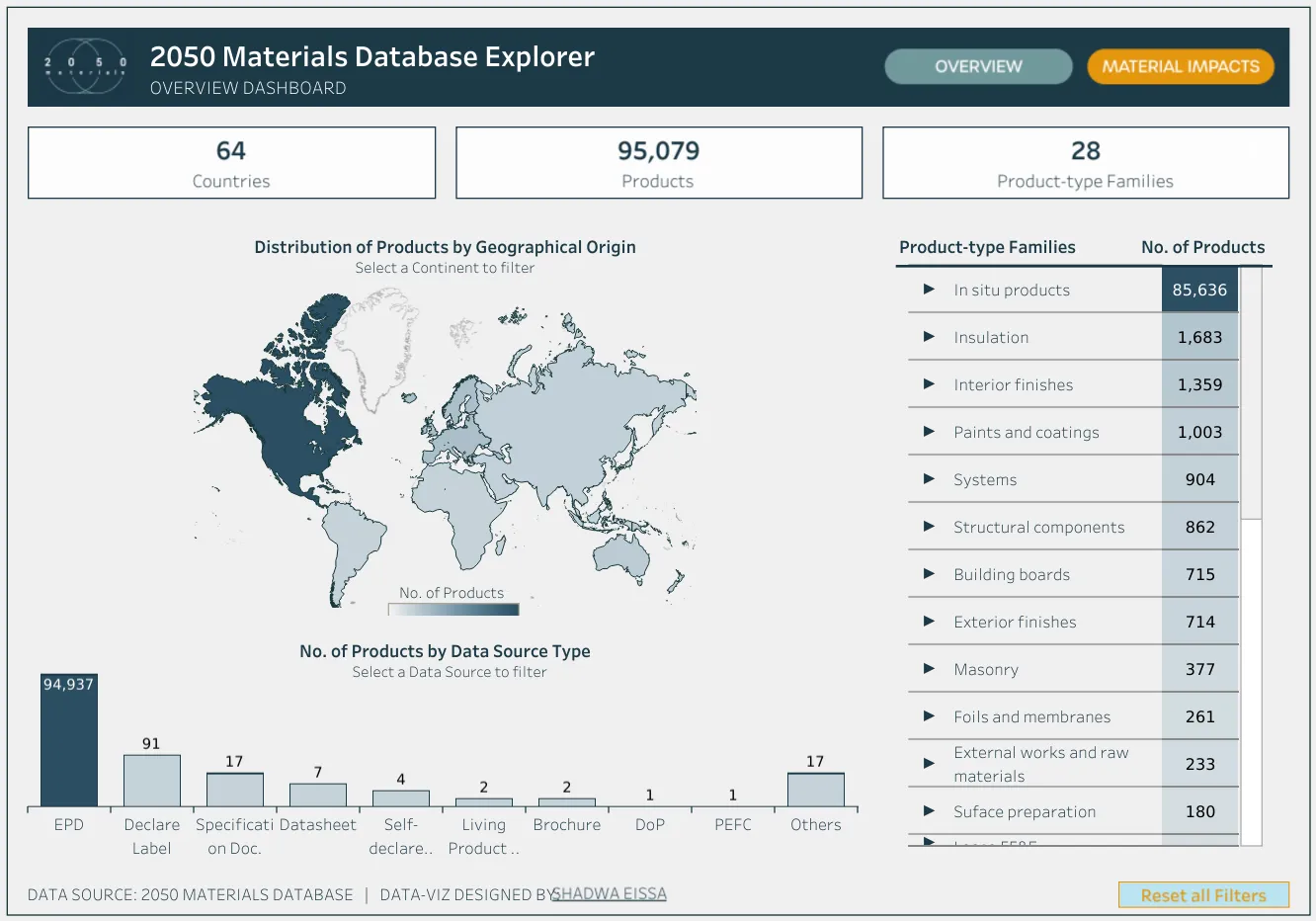
2050 Materials API — Database Dashboard
3. Embodied Carbon and Warming Potential API: Quickly estimate and benchmark a building’s impact based on attributes like building type and glazing ratio.
The latest addition is the Open API, a simplified version of the Product Specific API. It’s free and includes comprehensive product data, company names, locations, and A1-A3 emissions.
The Motivation Behind the Open API Launch
2050 Materials, while profit-driven, is committed to democratizing sustainability data in the Architecture, Engineering, and Construction (AEC) industry. This Open API is our manifesto in action, aiming to widen the use of this crucial data. It’s particularly beneficial for companies in the R&D phase of embedding Life Cycle Assessment (LCA) data into digital design processes, offering them a cost-free tool to build prototypes.
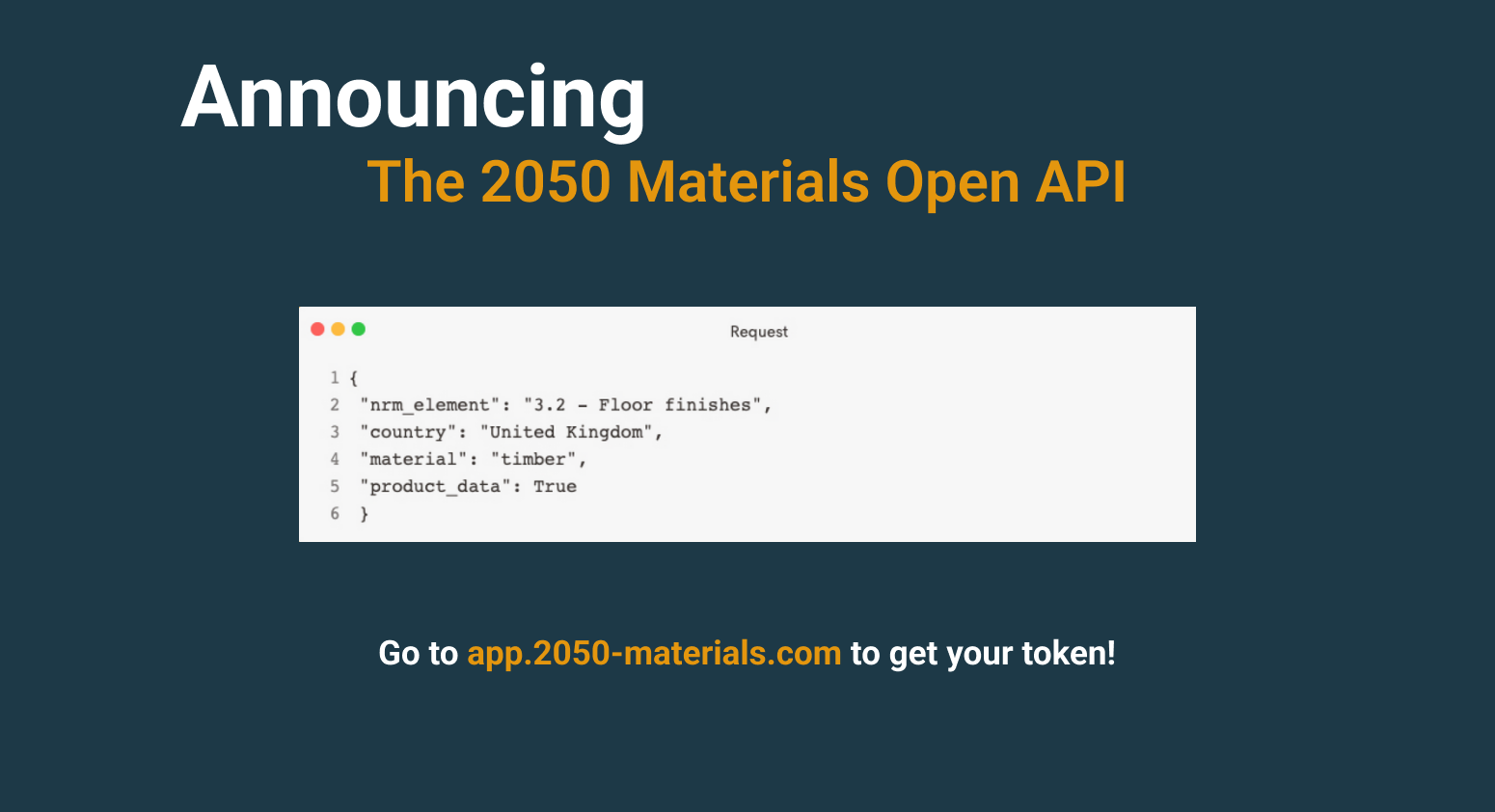
Start building today!
Accessing the Open API: A Simple Guide
- Sign up at app.2050-materials.com.
- Navigate to your account settings.
- Generate an API token at the bottom right.
- Explore our documentation or Postman docs to get started.
Check this quick tutorial and get in touch with us if you need any further assistance, we are happy to help!

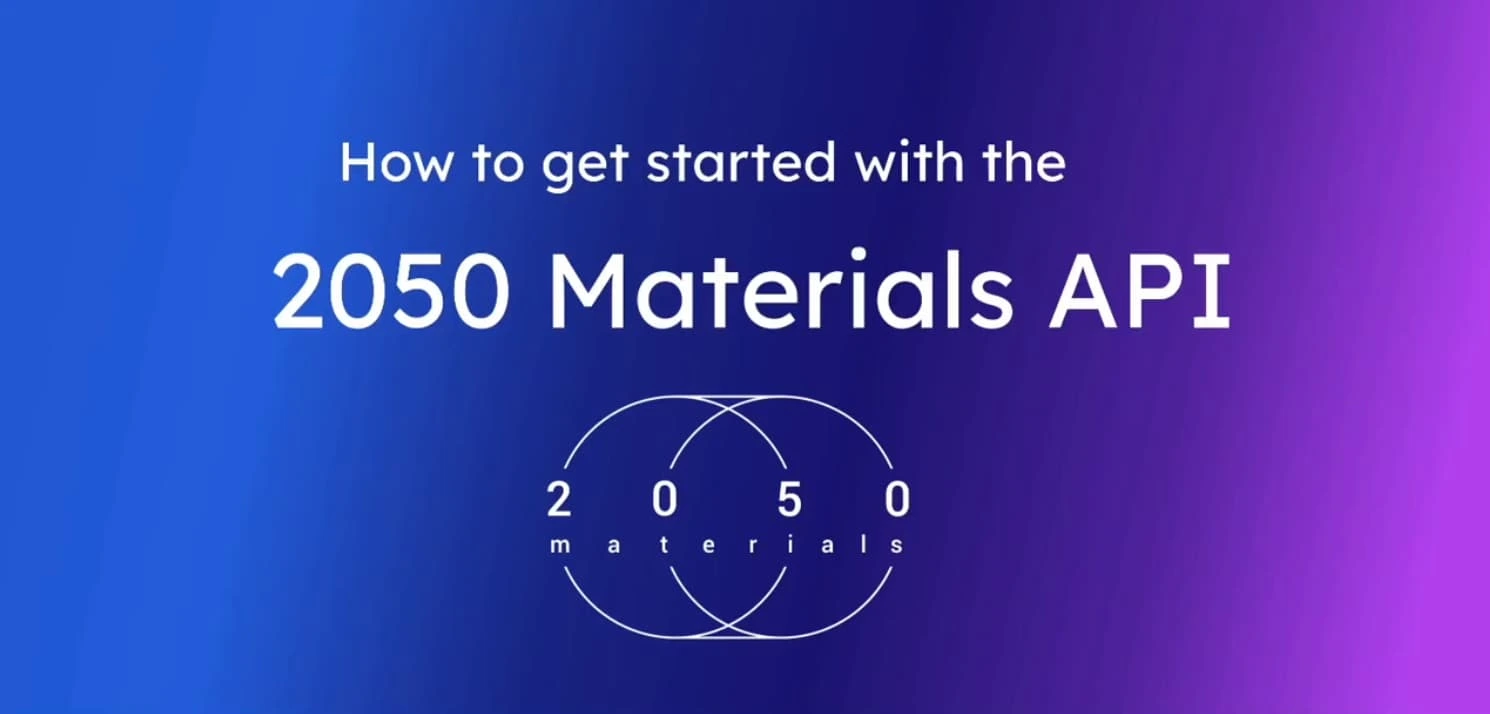
What information does our open API provide?
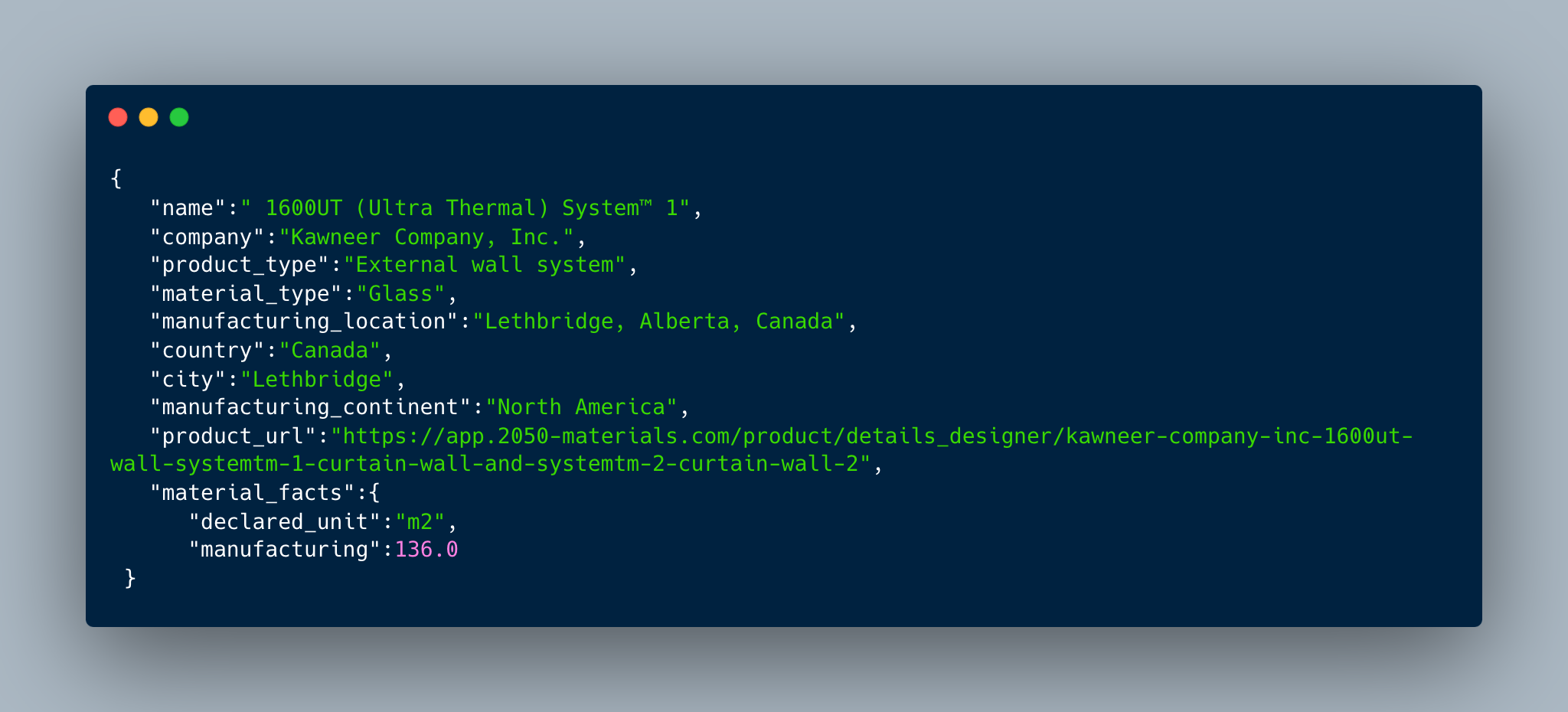
Community Engagement: Share Your Work
We encourage users to share their projects and innovations utilizing our Open API. Your contributions help evolve the sustainable construction landscape and inspire others in the industry.
Check out some of the case studies we’ve shared on our blog that takes you through the integrations done with our partners and highlights the results.
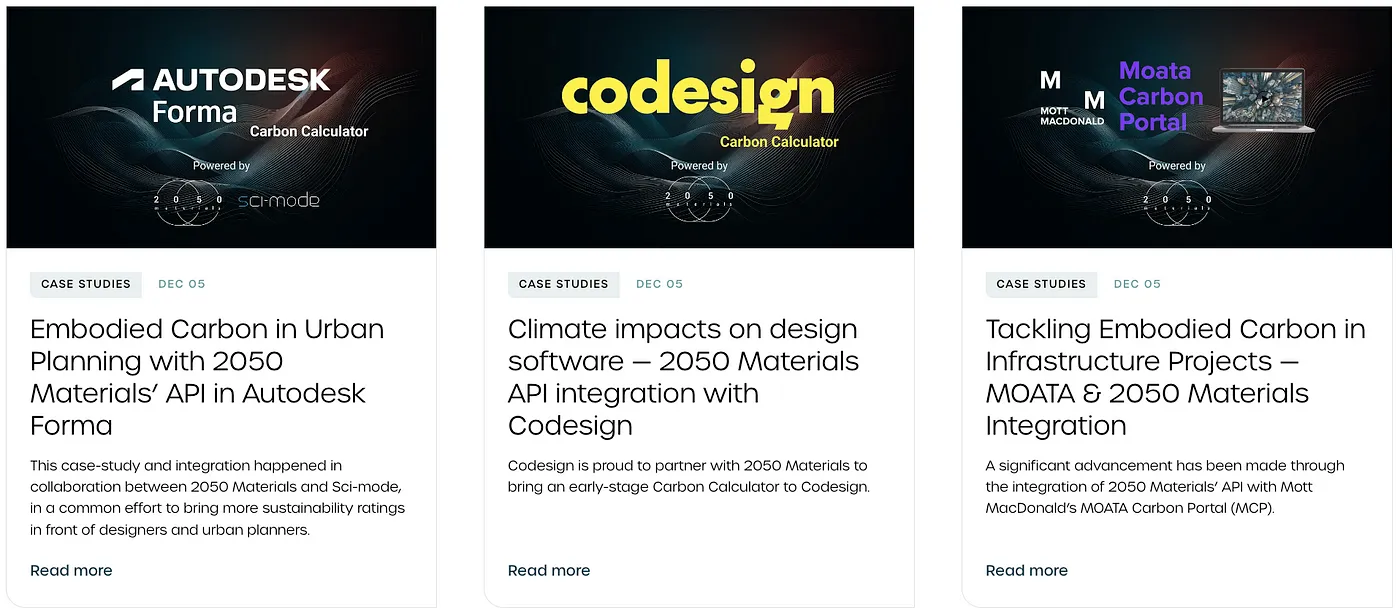
2050 Materials Case Studies
2050 Materials: Your Partner in Sustainable Construction
At 2050 Materials, we’re more than just a data provider. We’re your long-term partner in navigating the complexities of sustainable construction.
Our unique blend of expertise in architecture, data science, sustainability, and construction positions us as an invaluable ally in your journey toward a greener future. Join us in shaping a sustainable world, one building at a time.
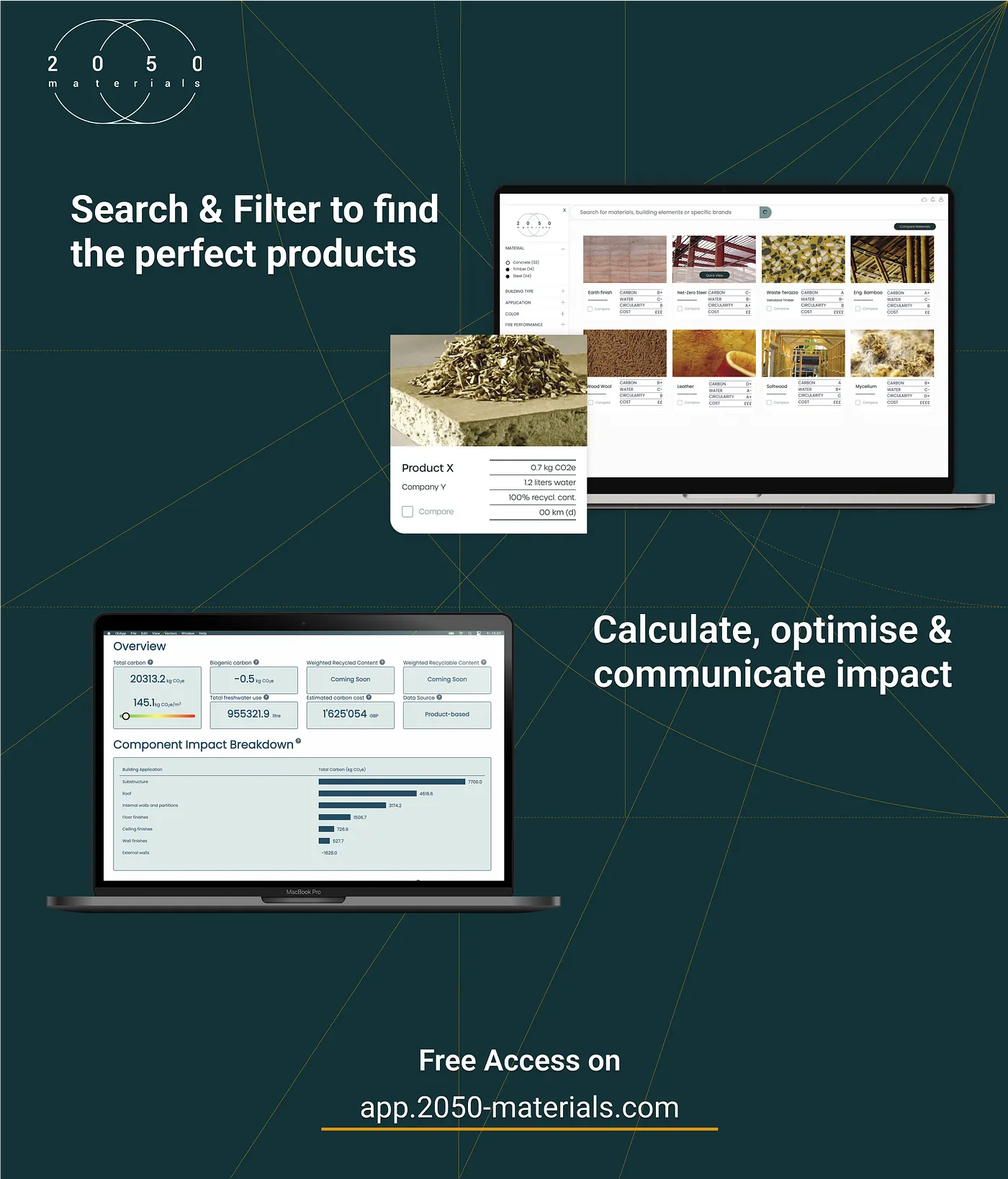
2050 Materials Platform
Related articles
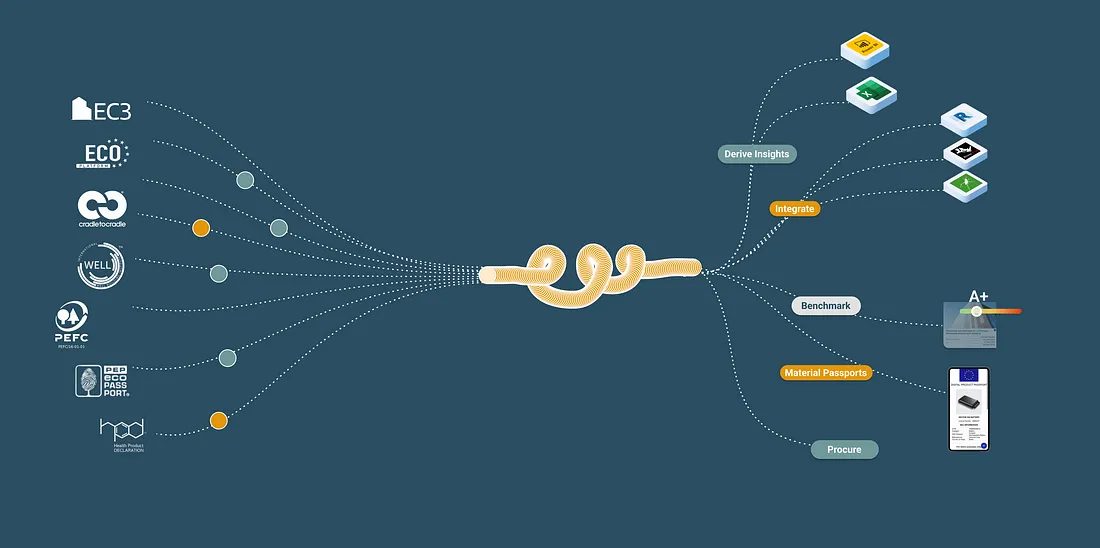
The Age of Integration — 10 Examples of Integrating Carbon Data in AEC, and Why They Matter
By integrating carbon data into the target-setting process, stakeholders can base their goals on real, actionable data, leading to more effective and sustainable project outcomes.
Read more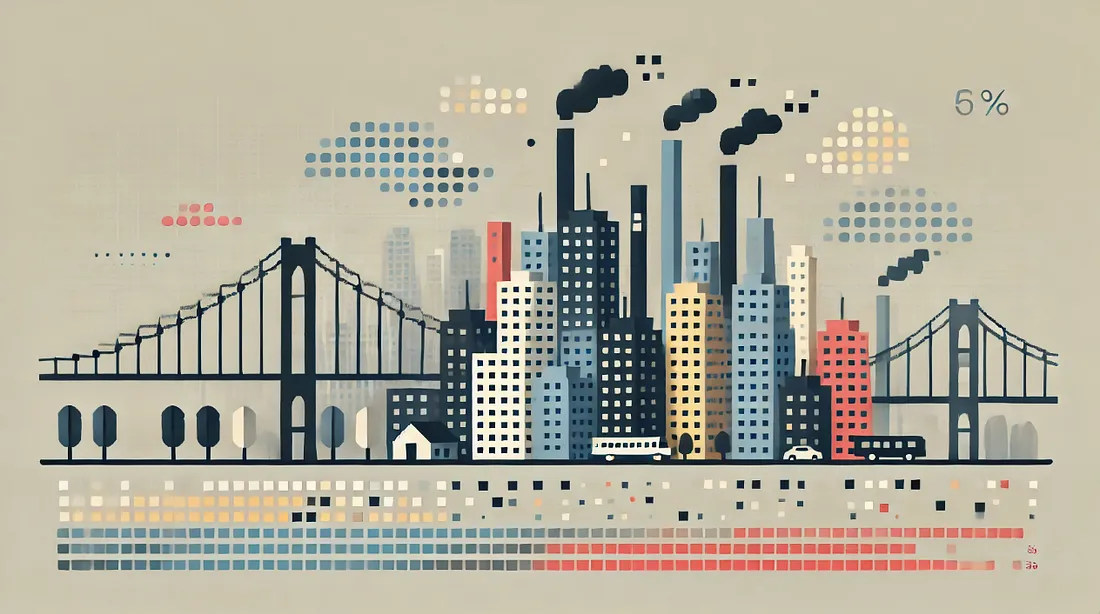
Net Zero is a Data Integration Problem
In recent years, numerous organizations in real estate and infrastructure have committed to ambitious net zero targets. This means reducing reliance on non-renewable energy and materials and adopting more sustainable design, engineering and procurement practices.
Read more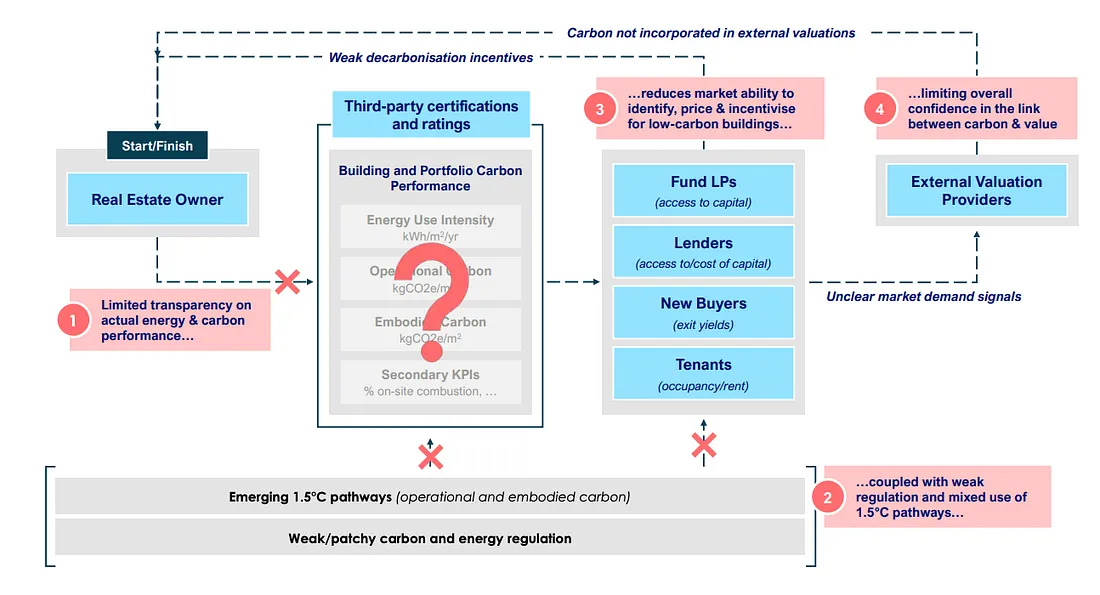
Tapping into the Low-Carbon Real Estate Market
This article is based on a paper by Leaders of the Urban Future (LOTUF) in partnership with Systemiq and highlights the required steps to decarbonizing in the real estate sector for a greener future.
Read more